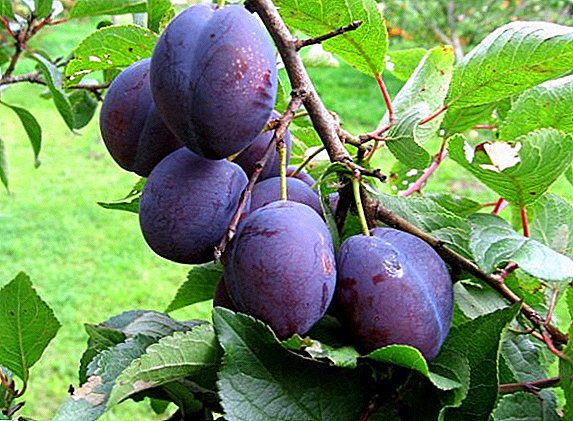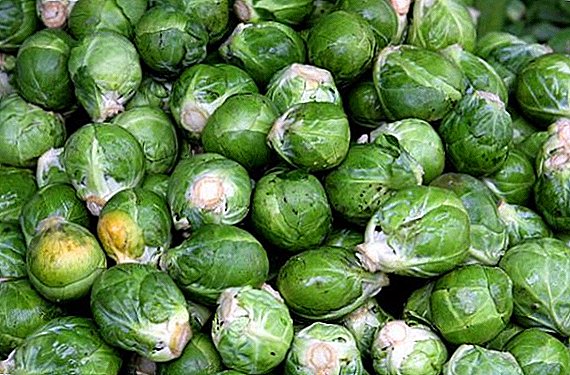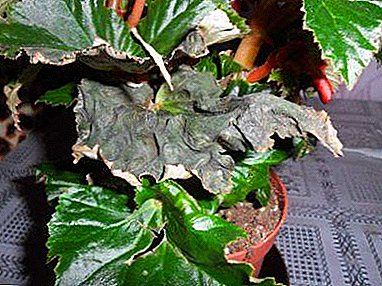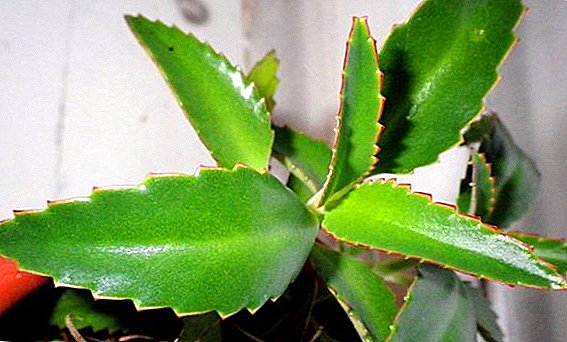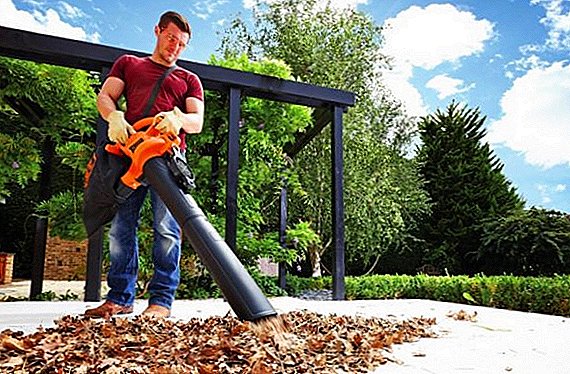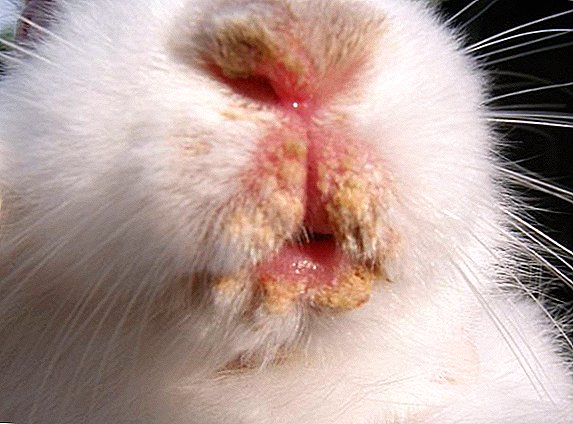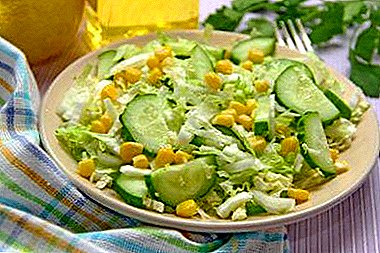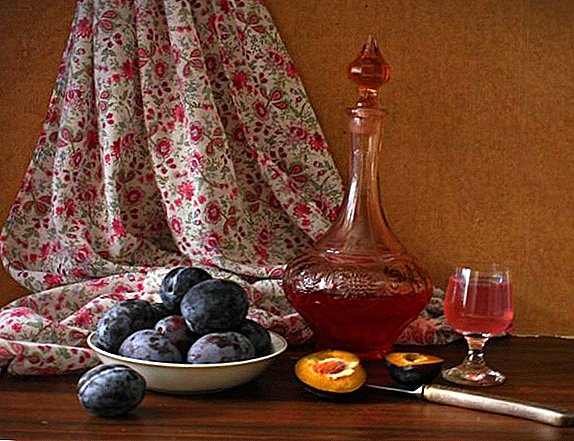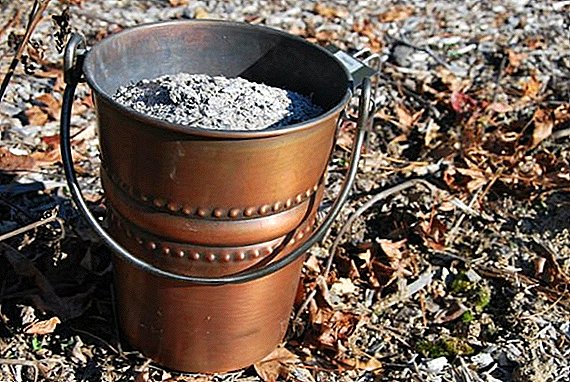 Recently, more and more gardeners and gardeners are thinking about organic farming. However, in the current state of ecology, no crop will produce a good harvest without enriching the soil and fertilizing plants. But there is a way out - these are nutritional elixirs and growth stimulants that can be made with your own hands from natural materials at hand.
Recently, more and more gardeners and gardeners are thinking about organic farming. However, in the current state of ecology, no crop will produce a good harvest without enriching the soil and fertilizing plants. But there is a way out - these are nutritional elixirs and growth stimulants that can be made with your own hands from natural materials at hand.
Garden Elixir
With the arrival of autumn, one can observe how unreasonably destroying valuable organic material - fallen leaves, branches, and garden leaves. But instead of burning or throwing it into garbage cans, all this can be an excellent material for obtaining nourishing garden elixirs. 
Ash
This garden elixir is rich in many trace elements, including nitrogen, phosphorus and potassium, which are indispensable for plants. Experienced gardeners have long known about the beneficial effects of ash and feed it to the plants when they are planted, because good culture development depends on nitrogen, potassium strengthens the plant and enhances its protective properties, and phosphorus improves the quality of the crop.
Important! Organic additives, although they are natural and useful material, should be introduced in a normalized manner, taking into account the type of planted crops. For example, hydrangea ash is contraindicated, because this flower loves acidic soil.The fine effect that ash has on potatoes has long been noted, protecting it from disease and rot and giving a tangible yield increase. And half a bucket of ash for the season under each grape bush can strengthen its wood and safely survive the winter. In addition, at the initial stage, the ash copes well with caterpillars, slugs, aphids. The main thing - do not miss the moment and do not allow pests to multiply too much.

Compost
Properly prepared compost contains a maximum of micronutrients and nutrients needed by plants. It applies the necessary fertilizer to the soil and normalizes its acidity. During the preparation of compost should follow the rule: the compost should have good oxygen saturation, and this is possible if it is ripening in a heap, and not in a hole. Otherwise, silage is formed with a high acidity and a sour smell. Compost has a beneficial effect not only on the growth and development of vegetables and fruits, but also on the yield, taste and quality of fruit crops.
It will be interesting to know how to make compost in garbage bags, and whether it is possible to fertilize the garden with feces.
Herbal tea
One of the types of garden elixirs - herbal tea - is prepared from ordinary country weeds, which are drawn in water. For the preparation of this feeding you can use the most common plants - dandelion, nettle, comfrey, clover, shepherd's bag and even lawn grass after shearing. If you add strongly smelling plants, for example, wormwood, tansy, stepchildren of tomatoes or garlic tops, then the infusion will also acquire insecticidal properties. And many pests will bypass your site side.  For the preparation of "herbal tea" you can use a 200-liter barrel (preferably plastic), where to fill the weeds and fill them with water in a ratio of about 1: 1. The barrel should be covered with a lid or foil with holes, put in a sunny place and once a day mix the solution with a long stick. After one or two weeks, herbal tea will be ready. Willingness is determined by the fact that the solution stops foaming and acquires a persistent unpleasant odor and a yellow-greenish color. Herbal tea in its pure form is not used, its aqueous solution is used, where one part of tea accounts for 10 parts of water.
For the preparation of "herbal tea" you can use a 200-liter barrel (preferably plastic), where to fill the weeds and fill them with water in a ratio of about 1: 1. The barrel should be covered with a lid or foil with holes, put in a sunny place and once a day mix the solution with a long stick. After one or two weeks, herbal tea will be ready. Willingness is determined by the fact that the solution stops foaming and acquires a persistent unpleasant odor and a yellow-greenish color. Herbal tea in its pure form is not used, its aqueous solution is used, where one part of tea accounts for 10 parts of water.
Learn how to use peat, wood ash, charcoal, rabbit and horse manure as a fertilizer.
When watering plants with this solution, the soil is saturated with additional organic matter containing many microorganisms and bacteria, and becomes more vibrant and fertile. Unused until the end of the season, an infusion containing dense plant sediment can be put on watering raspberry or currant bushes, or it can be filled with compost. Experienced gardeners noted that the constant use of herbal tea allows you to grow any vegetables without manure and other fertilizers.
Important! Laying plants for the preparation of herbal tea, you can not take diseased or poisonous specimens. Since the substances and enzymes released from them will get into the soil and young plants, and can cause great harm.
What is EM?
EM drugs are effective microorganisms that are enzymatic fungi, lactic acid and photosynthetic bacteria, yeast and actinomycetes. 
Their task:
- soil improvement, improvement of its structure, preparation for the spring season;
- restoration of humus, increasing the content of beneficial microorganisms, accelerating the decomposition of organic matter;
- help protect plants from various diseases and pests;
- increasing yields and improving the taste of vegetables and fruits.
 Fertilizer shine
Fertilizer shineLater, at temperatures above + 15 ° C, microorganisms and beneficial bacteria wake up, which can be fed with natural organic matter: compost, manure, last year's leaf litter. For a couple of weeks, microorganisms will take root in the soil, evenly distributed in the upper layer, improve soil performance and then it is already possible to plant seedlings. The effect of using EM depends on the initial soil quality, climate, irrigation regime, and other factors. And if some summer residents speak about positive changes only in the next season, others notice them already in 2-3 weeks.
Read also about what fertilizers to make in the fall under fruit trees, how to use folk remedies to protect the garden from pests and what is a compost pit.
EM Cooking Recipes
There are many products with active microorganisms. Let's look at cooking recipes for some of them.
Herbal infusion with effective microorganisms
- Barrel with a 250-liter volume of 1/3 filled with crushed weeds and medicinal plants, such as chamomile, St. John's wort, plantain, tansy, celandine, yarrow and others.
- Pour into the barrel a couple of compost buckets and half a bucket of ash, add water to the full volume of the barrel with a fermentation reserve.
- Infuse the mixture for two weeks and, diluting one part of the mixture with ten parts of water, feed each bush 1-1.5 liters.
Video: cooking organic fertilizer
For legumes
- In one kilogram of soil add a glass of sand, a tablespoon of chalk or lime. Moisten the resulting primer, pour it into a bucket and level it.
- A handful of legumes pour two cups of water, boil and cool. Nutrient solution is ready.
- Pink and white tubers from the roots of 5-6 flowering pea bushes should be washed off the ground and carefully kneaded in a bowl with a wooden spoon.
- Mix everything with 1/3 cup of nutrient solution and pour it onto the prepared soil. Cover the bucket with a film with several holes and leave in a warm shaded place.
- A week later, you get a drug with effective microorganisms. Next, you need to dry it in the shade and store until next season.
- When planting moistened seeds roll in the EM-drug and plant in the garden.
Did you know? The soil is one of the largest reservoirs of biological diversity, containing almost 30% of the life of our planet. Just one teaspoon of the soil is home to billions of microbes. And the life born in the soil has the most complicated networks of interrelations.
Sourdough for fast pereplevaniya manure and compost heaps
- Dry yeast (0.5 packs) pour warm water (250 ml) with sugar (1 tbsp) and add live dairy drink (250 ml).
- Make a hole in the manure or compost and pour the mixture into it.
- Fresh manure will overheat for about two months, and a couple of weeks is enough for compost.

Effective microorganisms for making homemade compost
- Infuse kombucha on slightly brewed sweet black tea or herbal broth.
- Dilute it with water, taking 10 ml of tincture per liter of water.
- Watering food waste for compost or use as an additive organic fertilizing seedlings and indoor plants.
Learn how to cook yeast dressing, and feed it with pepper, tomatoes and cucumbers.
Biological method of pest control
Experienced gardeners are actively using available biological materials in the fight against pests.
- Wood ash. Plants are showered or sprayed with wood ash, and they also treat the soil around the planting. Dusting is better in the early morning when dew appears. The tool will protect against aphids, slugs, snails, caterpillars, powdery mildew, nematodes and other pests. Powder the holes with ash to protect the roots of strawberries from the larvae of the Khrushchev.
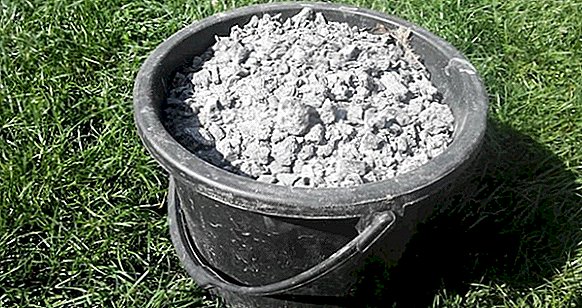
- Ash-soap solution. It is used to protect against aphids, cruciferous flea beetles, bud moths, codling moths and other pests. Plants are processed in the evening during dry weather.

- A mixture of ash and tobacco dust. Good prevention of onions from damage by an onion fly, and cabbage, radish, radish and swede - by a cabbage fly and cruciferous flea.
- Infusion of onion peels and garlic. Helps against aphids, fruit moth, codling moth, spider and fruit moth, leafworm, weevil, carrot flies, larvae of the May beetle. Trees are processed immediately after flowering and a couple more times with an interval of two weeks. Spraying this infusion on a potato plantation helps scare the Colorado potato beetle.

- Rind of ripe bananas. Successfully repels aphids. It is necessary to put a couple of pieces around the plants and the number of aphids is much reduced.
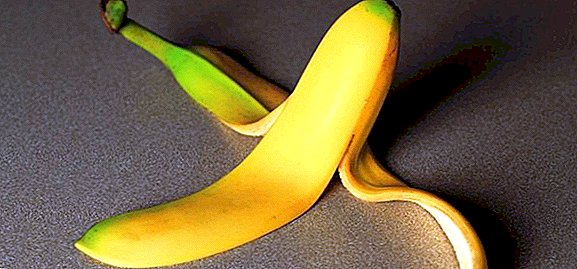
How to make a growth stimulator for plants with your own hands
In order to independently prepare growth stimulants, it is necessary to expend minimal efforts and observe some rules.
Nettle
This is one of the most popular plants that helps to grow well in many vegetables and fruits. It has a rich vitamin and mineral composition and has a beneficial effect on the vegetation of plants. So, nettle contains potassium, calcium, magnesium, and vitamin K, which is indispensable for photosynthesis. For preparing a growth stimulant, you should collect healthy nettle specimens before seeds appear on them, dry them in a shaded and ventilated place and grind. 
Next you need:
- Put the ground dry nettle into a container and pour water in the amount of: one liter of water per handful of nettle.
- Infuse the solution for about 7-10 days, stirring every two days. To speed up the fermentation, add yeast or food leaven (in the ratio of 1:20).
- Eliminate the unpleasant smell will help add the root of the medicinal valerian or 10 ml of its pharmaceutical tincture.
- An effective and natural growth stimulator is ready!
Nettle fertilizer is a natural aid to plants.
Aloe
Most of us know about the healing properties of aloe, which is used in many recipes of traditional medicine and cosmetics. But the valuable substances and beneficial qualities of aloe, in particular its excellent restorative properties, are ideally suited to stimulate plant growth.
For self-biostimulator preparation, the juicy leaves of an adult plant are taken and prepared as follows:
- Rinse well with warm aloe water, knead with a wooden spoon to a homogeneous slurry in a metal container.
- Add to the tank clean water in the amount of: for 1 liter of water about 10 tablespoons of mashed aloe.
- Cover the container with a lid and leave to infuse in a shaded cool place for about 7 days.
- At the end of the preparation period, dilute the resulting concentrate with cooled boiled water five times.
- Growth stimulator ready.
Willow
Another excellent material that stimulates the growth of the root system of many plants is willow. Some gardeners say that its solution completely replaces the popular drug "Kornevin." 
For self-preparation of willow stimulator should:
- Cut off the healthy green willow twigs and put them in a jar of room water.
- The appearance of roots and intense brown color of the water signal the readiness of the concentrate.
- The remaining branches can again be filled with water, while the infusion is likely to acquire a jelly-like structure. To use the product dilute the concentrate with water in a 1: 1 ratio.
Did you know? The soil is the largest filter through which thousands of cubic kilometers of water pass annually! At the same time, the soil absorbs magnesium, potassium, calcium and other valuable substances in the water, and feeds the plants with them.
So, nature itself can help us to enrich the soil, feed the plants with valuable elements and grow a beautiful crop in our plot. In addition, the use of natural materials will reduce the amount of organic waste and even save money. Practical results show that this is the right way, because "healthy soil is healthy food and a healthy person"!






